
The unidentified remains of those killed on Sept. 11 returned to the World Trade Center site in a solemn procession on a foggy Saturday morning.
The remains left the Office of the Chief Medical Examiner on Manhattan’s East Side shortly before 7 a.m. in three city vehicles. They were accompanied by police and fire department vehicles with lights flashing but no sirens.
Construction workers paused as the motorcade passed, and about 10 firefighters stood in the cool breeze saluting the vehicles as they arrived. The remains will be transferred to a repository 70 feet underground in the same building as the National September 11 Memorial Museum.
Like many decisions involving the site of the nation’s worst terrorist attack, the disposition of the unidentified remains has been contentious.
A group of victims’ family members who say the remains should be stored in an above-ground monument separate from the museum protested the procession. About a dozen wore black bands over their mouths at the site Saturday.
“It’s horrible. I am so angry. I am so angry. I am outraged,” said Sally Regenhard, whose firefighter son was killed at the trade center.
“The human remains of my son and all of the 3,000 victims should be in a beautiful and respectful memorial, not in the basement of a museum,” she said.
Rosemary Cain, who also lost her firefighter son at the trade center, was also upset about the transfer.
“I don’t know how much of him is down here; if it’s one little inch, I want it treated respectfully,” she said. “I want it above ground. I don’t want it to be part of a museum. I don’t want it to be part of a freak show.”
Other family members support the plans, which have been in the works for years. Lisa Vukaj, who lost her 26-year-old brother, said the new home for the remains is “a fitting place until technology advances” and new techniques are available to identify their loved ones.
Vukaj, who got emotional as the flag-draped caskets were taken inside the center, said she didn’t like that some victims’ relatives turned what should have been a solemn event into “a political thing.”
“Just come in, pay your respects, be here, have your emotions and don’t make it political,” she said.
Uniformed officers from the New York Police Department and Fire Department of New York and the Port Authority police carried the three caskets into the repository.
The facility will be available for family visits but will be overseen by the medical examiner. Officials hope that improvements in technology will eventually lead to the identification of the 7,930 fragmentary remains.
The death toll stemming from the attacks at the World Trade Center stands at 2,753. Of those, 1,115, or 41 percent, have not been identified.
Monica Iken-Murphy, whose husband was a bond broker in the North Tower, said she hopes his remains will eventually be identified.
“Every year they identify someone,” she said. “Last year they identified a male and female in their 40s. I could be next, and I’m optimistic that he could be one of those. Even if he isn’t, I feel he is home. This is where he took his last breath, his last step. This is where he lost his life.”
(AP)

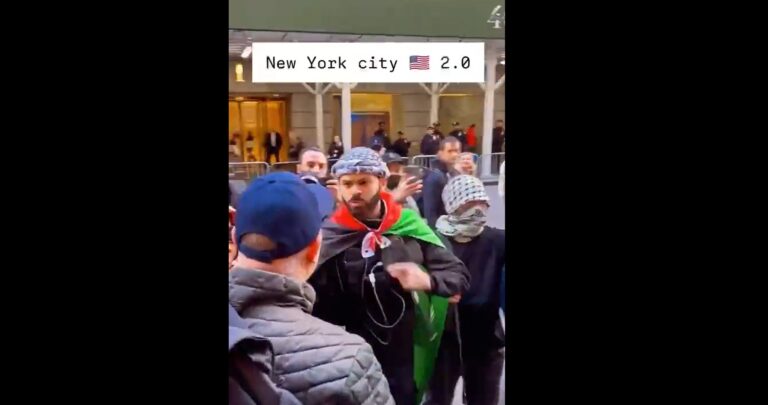
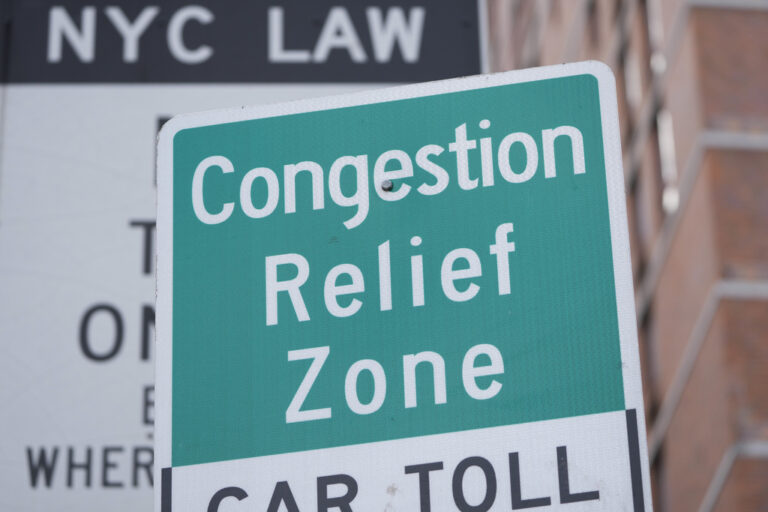
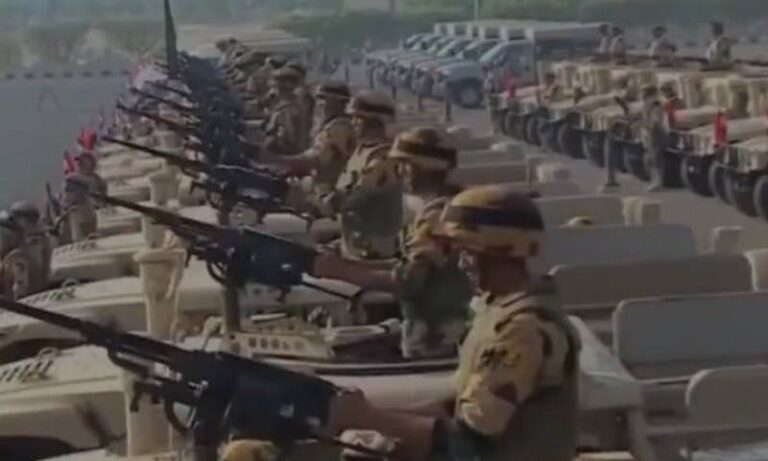
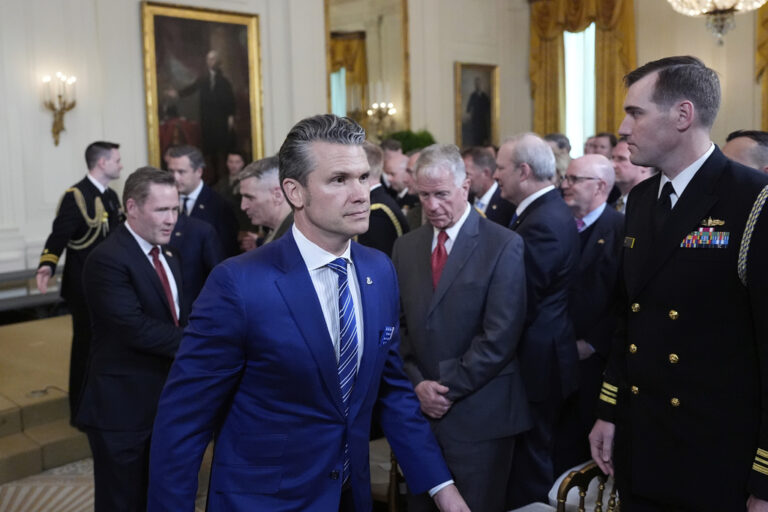
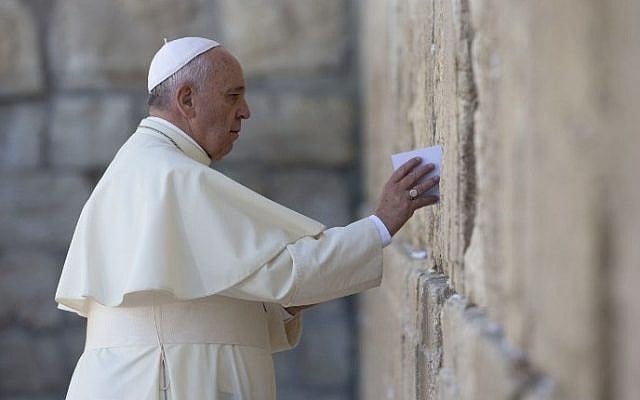
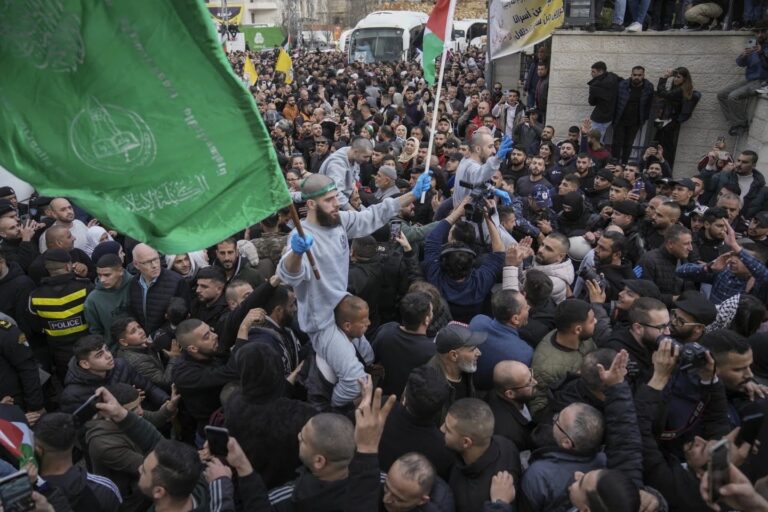


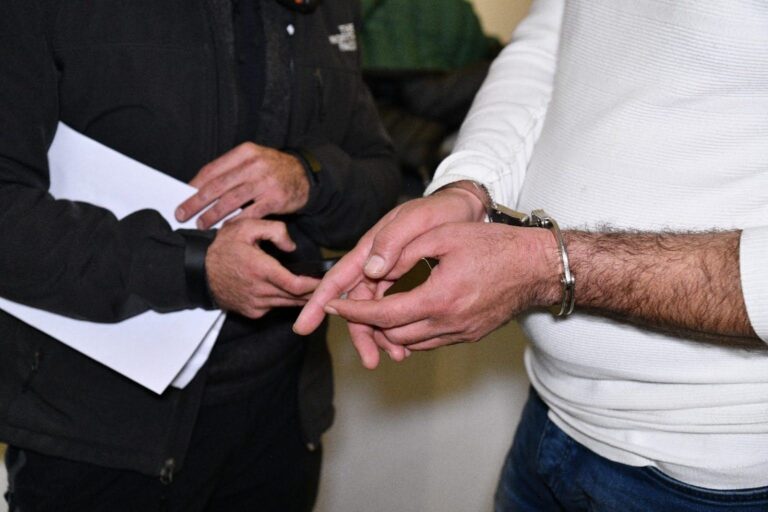
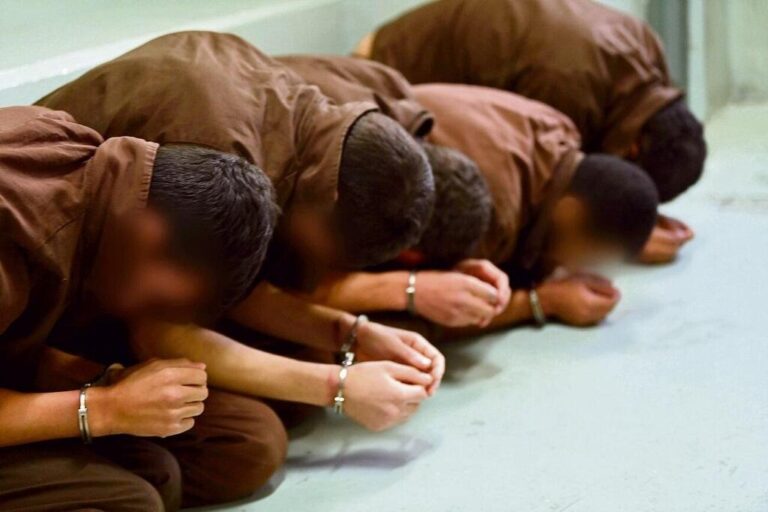
8 Responses
The net effect of this is that from now on Kohanim can no longer visit the WTC for business or pleasure and they certainly cannot accept employment in the WTC or even visit for business or employment purposes.
Will this impact Kohanim who might want to visit the museum? If so, it should be well publicized.
Perhaps this question can be posed to a gadol hador and posted here for clarification purposes. September 11, כג אלול,will remain etched in our memories for ever.
If I remember correctly, a couple of years ago there was a big meeting that was reported on ywn between rabbanim and officials of the wtc site. This meeting was about kohanim, etc. I never heard about the results but just about the meeting.
I am not sure why the Gedolim must be bothered with a shaila that any cheider boy knows the answer to. Although one who touches or moves bone fragments is Tamei, bone fragments are not M’tamei B’ohel. Bones are only M’tamei B’ohel if there is Rov Minyan and Binyan of a skeleton.
yes, it seems for sure that Kohanim neither can visit and even worse work in the building. What a loss if this is correct for their parnassah.
Rainus, your callous response displays total insensitivity to this issue. These shailos are anything but ‘cheder material’. At the time of the incident and the immediate period thereafter almost no Rav was willing to entertain any aspects of these shailos, so i beg to differ with you. Perhaps in a public forum such as this you can and should display more sensitivity, I know personally people who waited three years just to sit shiva after 9.11.2001. For the people who lost on that fateful day the wound does heal easily so perhaps tread lightly when you choose to disagree.
The discussion here was about Tumas Meis as it impacts upon Kohanim. Conclusions were reached by the parties to the discussion that Kohanim will not be able to enter the building to engage in parnassah, to visit the museum, etc. I was responding to the quickness at which these conclusions were reached and the need to consult the Gedolim to ostensibly find a way around this conundrum. I merely pointed out that anyone who had a rudimentary knowledge of Seder Taharos would be unperturbed by these fears as we all know that bone fragments, the issue under discussion, cannot cause Tumas Ohel unless at least the skull and the spinal column are intact. I acknowledge that the 9/11 tragedy is also an emotional issue, but it is important when conducting a Talmudic or halachic discussion to keep the intellect and emotions a safe distance from each other to avoid clouding the issue.